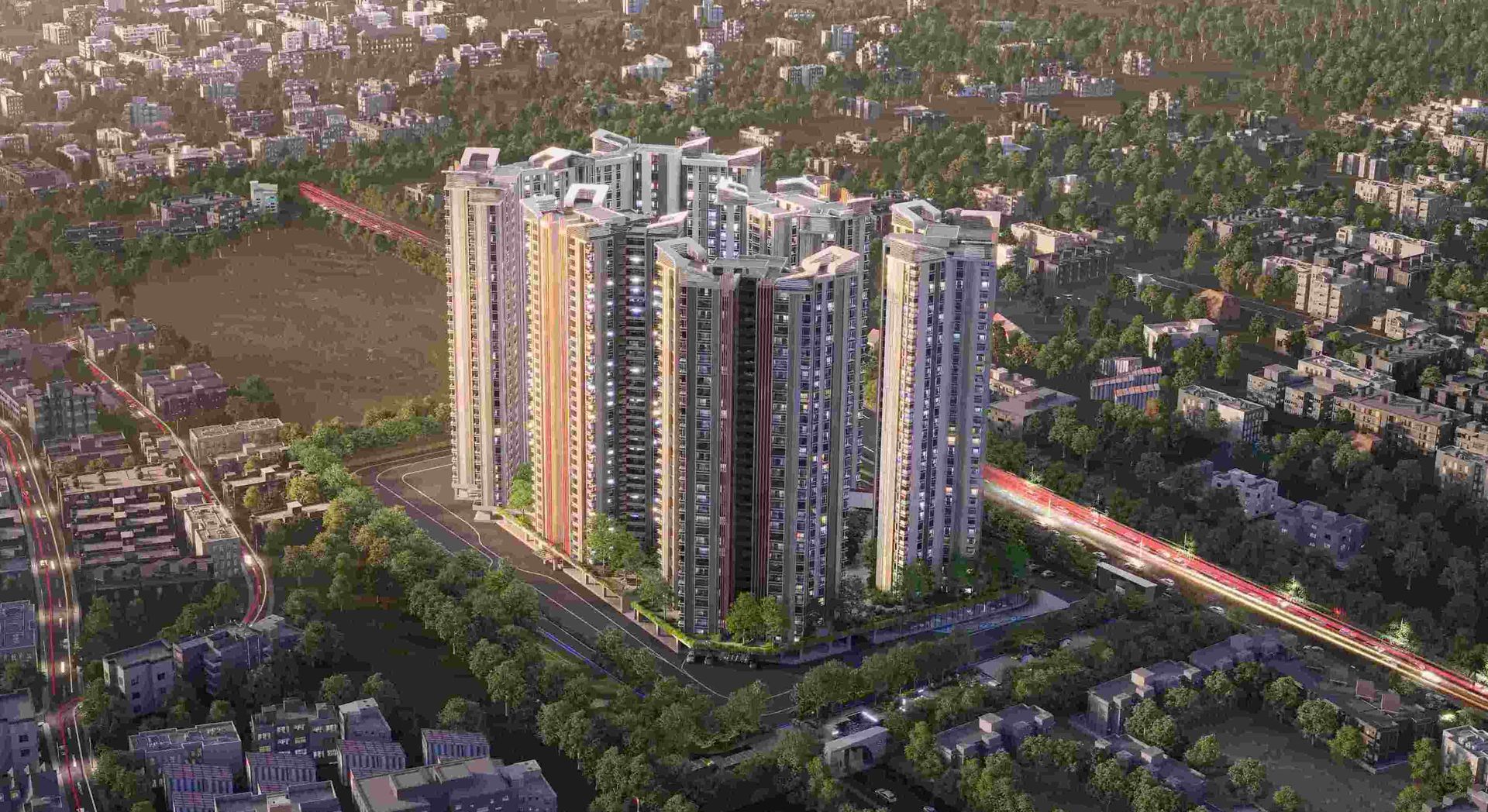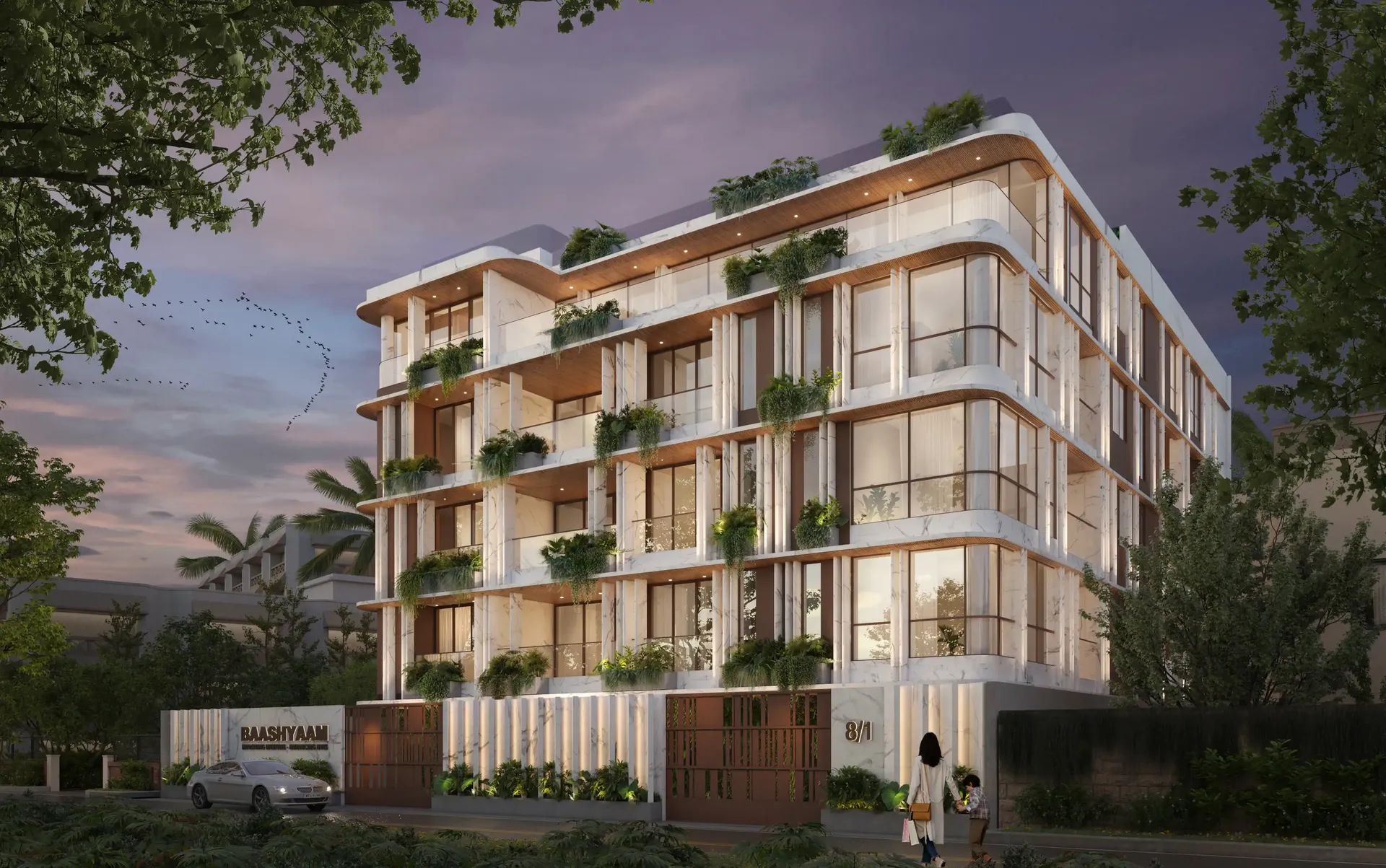Crafting Your Stairway To Heaven
Stairs are a fundamental aspect found in all buildings to enable access and often come in different types of designs and to certain specialized tastes. Some are a sight to behold. Others are as basic as their sole use, designed to bridge a large vertical distance. In the ancient days, stairs were made for several reasons; some were to protect the community from attacks made as a form of a burglar alarm. Others were used for sacred rituals such as in Mount Girnar, while others were a symbol of royalty. Architects have articulated the art of making masterpieces out of these supposedly-basic constructions and converting dull-looking interiors of houses to a more elegant as well as functional setup; and the same for public buildings such as offices and museums.
Different Types of Staircases
Straight Staircase
Literally, as its name, it has no bends or curves. It qualifies for a linear flight with no change in direction. A straight staircase is the most common and affordable type of staircase. The design does not need any support, an attachment at the bottom and the top is all it needs. The bonus point of this design is its ease of installation of railings and handrails. It is easy to move on them and it is friendly for toddlers and the aged due to its non-steep nature. Its simple appearance makes it suitable for minimal designs.
The addition of open risers, modern materials, and metallic railings can work magic. Its drawbacks are that it utilizes more linear space, which may affect the home design. It lacks privacy as compared to other types and straight staircases with more than 12 feet will require a landing. It has limited room for more designs and creativity.
Straight Stairs with a Central Landing
A high ceiling room or a staircase with more than 16 risers will require a staircase that is 12 feet high with a special landing. Its drawback is that it requires a larger space hence is applicable in commercial buildings than in private ones.
L-Shaped Staircase
L-Shaped Staircase is a straight staircase with a turn or a bend. It can be either in the middle or a close end to another. The bend is usually 90 degrees, although it is not fixed to be 90 degrees. It is also known as a quarter-turn stair as its landing is either closer to the top or the bottom. The L-shaped staircase utilizes less space and is easier to navigate due to its wider landing. It is visually appealing and offers privacy due to the breaking barrier. It is safer as the central landing reduces the number of treads that one can fall.
The landing provides space to rest while ascending and it can be located at the corner of a room and restricted spaces. L-shaped stairs can also help with sound transmission if the stairs are contained within walls. However, building the stairs can be hectic; its handrails require more skill to construct and they are installed in segments, support is required for landing and where basements are used, the stairs tend to be stacked over each other for storage. Hence, it can be difficult to move items in and out of the basement.
U-Shaped Staircase
U-Shaped Staircase is two parallel flights of stairs joined by a 180-degree turn landing. They are also known as the switchback stairs or the half-turn. U-shaped stairs are easier to fit in an architectural plan, the flat landing provides resting points when ascending, and is architecturally pleasant to view. They are the easiest to incorporate in a small space and are complex to build as compared to the other designs. U-Shaped Staircase drawbacks are they are complex to measure and build and they require additional support structures for landing.
Spiral Staircase
Spiral Staircase is design-centered around a pole such that if one looks at it from an aerial view, it forms a perfect circle. It is a no-go zone for the clumsy. It is compact but difficult to navigate. They are perfect for minimal spaces such as beach houses and city dwellings. The center pole and landings provide structural support for the stairs as they do not need extra support. Its drawback is that only one person at a time can navigate it as the footing requires caution and the inner portion of each step is steep. The spiral staircase is also difficult to move items using stairs.
Curved Staircase
The Curved staircase is continuously forming a helical arc and acquiring an amazing architectural view. It has a larger radius but does not form a full circle. It adds elegance to a house thus, is always located at the entryway to make an impression. They are easy to navigate when they have a larger radius. However, they are the most difficult type to build. It is a pinnacle of achievement for any builder or fabricator. The curved staircase makes it the most expensive to build distinguishing it from the different types of staircases.
Bifurcated Staircase
The image of the ‘Titanic' staircase is most associated when mentioning bifurcated stairs. This classic style still maintains its royalty with the lower treads being wider than the rest. Balusters can be used to support the handrails to form beautiful pieces of balustrades. Well, the grandest of them all hails this type of stairs. It has a sweeping set of steps splitting into two smaller flights in opposite directions. The bifurcated staircase's only drawback is that it utilizes more space. Thus, bifurcated types of staircases are more suitable for buildings with grand spaces.
Ladder Staircase
The Ladder Staircase can serve as a means of access. However, building codes do not allow them to serve as a primary source of access. In residential homes, they are found mainly as a connection to the kitchen. This is because they utilize the little space to enhance movement. Ladder stairs are also applicable in libraries, docks, and lofts. They are the most compact way to get from one floor to another and are cost-efficient due to their designs. The ladder staircase may also have wheels or folds to move them away when not in use or to restrict movement. Their drawback is that they are difficult to navigate when descending.
Winder Staircase
Winder Staircase is a variation of an L-shaped stair but with a pie-shaped landing and triangular-shaped steps that transition at the corner. Balustrades can also be used instead of rails. They require less space than any other type of stairs and are very common in older homes. The winder staircase is mostly used as secondary stairs. It mostly links the backdoor movement or accessibility to the kitchen as the primary stairs are located at the entrance of the house. The winder staircase has gained popularity in modern homes as they create a seamless transition meandering around corners. Its compactness makes it more attractive. However, it can be harder to navigate than the L-shape. Winder types of staircases can also be difficult to add a handrail and it requires center support.
Cantilever Staircase
A Cantilever Staircase has stair threads that appear to be floating in the air without support. The treads are fixed to one end with a metal frame by creating divets while the other end either secures a railing system or simply floats freely. The stair stringer can be exposed or hidden depending on the owner’s taste. Due to this nature, they add interest and spaciousness to a room. However, certain configurations can be difficult to design and it is recommended that one checks with the local code regulations. Cantilever Staircase drawbacks are that the tread support needs to be designed to handle the weight of the individuals using the stairs. The stairs are also costlier than other designs due to additional structural requirements.
Circular Staircase
The Circular Staircase goes round and is tapered. The stairs originate from medieval times but they have been modified to add to their sleekness. The circular staircase is surrounded by the glass instead of railings to add to its beauty. Varnish is applied to the wood to create a unique luster. Its steps are easier to navigate and it is more comfortable than a spiral stair. The circular staircase is also known as the helixed stair. It is suitable for individuals with a delight in vintage items. Maintaining it is relatively easy as the fundamental aspect is preventing warping on the wood. Its drawback is that it needs more space and it is costlier to build.
Up Next
Top Construction Innovations That Make Homes Last for Generations
A home is often the most significant investment in a person’s life, and for many, it’s not just about creating a living space for today but building a legacy for tomorrow. The good news is that modern construction has advanced far beyond traditional brick and mortar. Today, innovative materials and techniques are making homes stronger, more sustainable, and more resilient—built not just for decades, but for generations to come.
Discover a Self-Contained World: Inside Chennai’s Most Thoughtfully Planned Township
A self-contained epic lifestyle with smartly curated living experiences — that’s what this momentous development in Koyambedu brings to Chennai’s real estate landscape. Rarely do we see something that truly reimagines aspirational residential living and commercial spaces. For years, large-scale home communities and townships have been defined through a narrow lens. Now, this project from Baashyaam, true to its philosophy of “Improving Lifestyles – Enhancing Lives”, is changing the narrative and setting new benchmarks.





